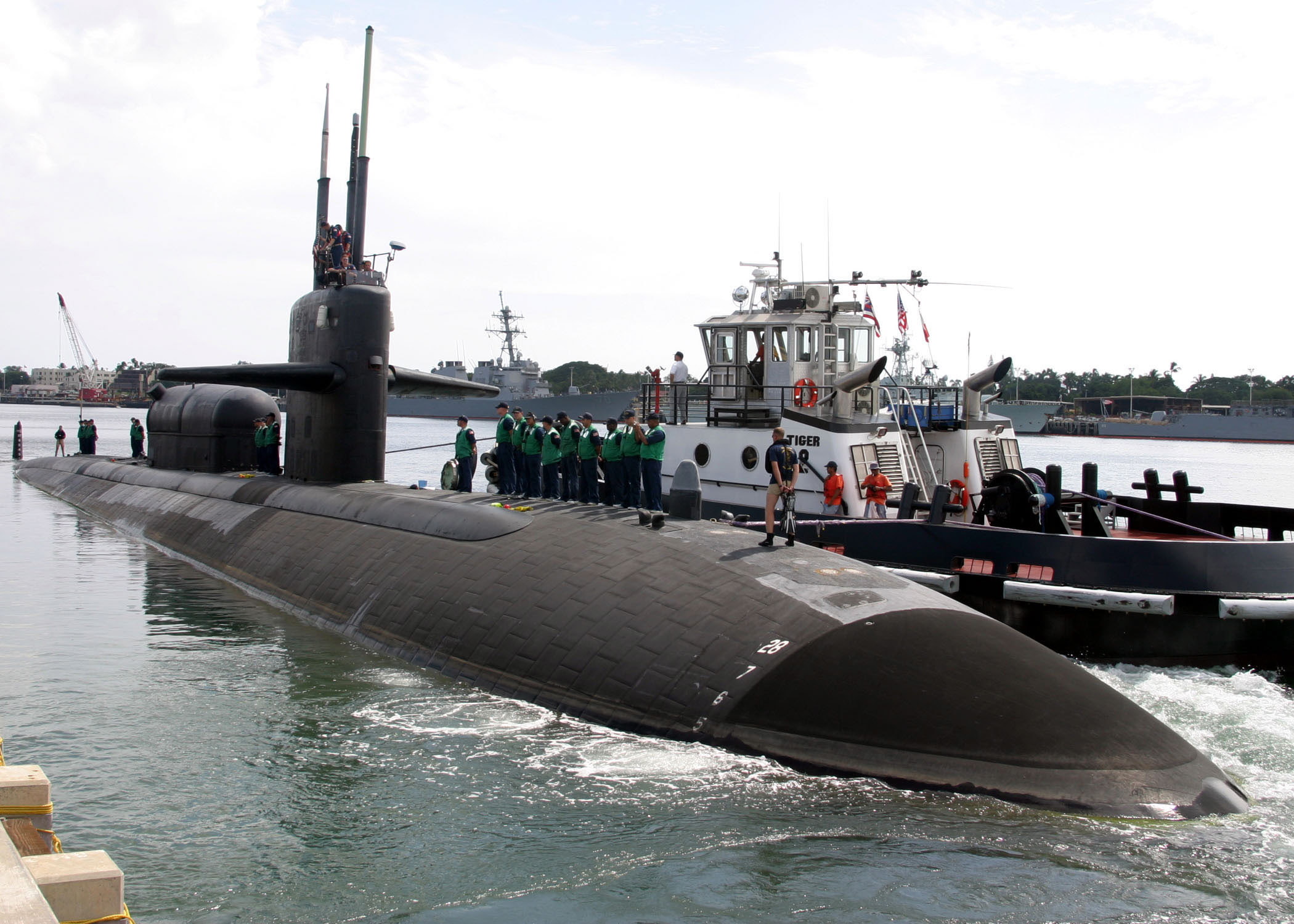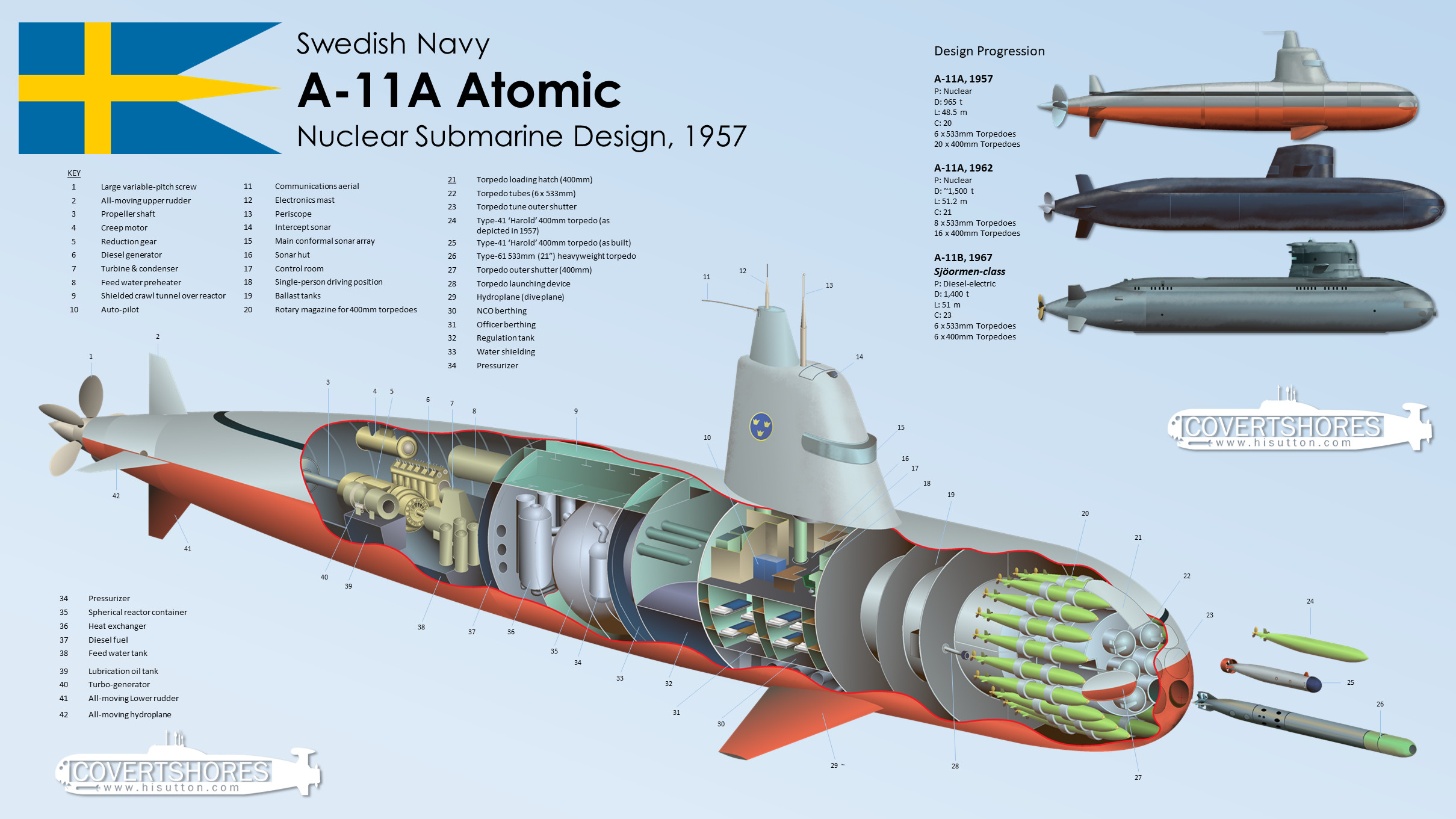


With its dedicated training programs offered by world-class universities and government agencies, Australia is well situated to meet the increasing demands in this space, and will also benefit from existing UK and US expertise through the new trilateral security pact.Īt this stage, details on where the fuel would be sourced are unclear. Each nuclear submarine typically costs several billion dollars to build, and requires a highly skilled workforce with expertise in nuclear science. That means nuclear submarines can stay submerged at deep depths for months at a time, giving them better stealth capabilities and allowing for longer, more remote deployments. What’s more, unlike conventional fuel combustion, nuclear reactions do not require air. The high efficiency of nuclear power also enables these submarines to operate at high speed for longer periods than conventional diesel-electric submarines. When one of them enters into service, it will be commissioned with enough uranium fuel to last more than 30 years. One huge advantage of nuclear-powered submarines is they do not require refuelling. ANU, Author provided What are the pros and cons of going nuclear? The energy is given off as heat, which can be used to drive turbines that generate electricity for the submarine.Ĭonceptual diagram of a nuclear fission chain reaction. In turn, more neutrons are released and the process continues in a so-called “nuclear chain reaction”. Inside the reactor, uranium-235 is bombarded with neutrons, causing some of the nuclei to undergo nuclear fission. The degree of fuel enrichment is a crucial factor in maintaining a chain reaction that gives a consistent, safe level of energy output. For submarines, this is typically about 50%. Natural uranium mined from the ground consists mainly of an isotope called uranium-238, mixed with small amounts (0.7%) of the key isotope uranium-235.įor the reactor to work, the uranium fuel has to be “enriched” to contain the desired proportion of uranium-235.

Reactors in a nuclear-powered submarine are typically fuelled with uranium. The amount of energy released is immense, as we can see from Einstein’s famous equation, E = mc², which tells us the energy is equal to the change in mass multiplied by the square of the speed of light! Some very heavy nuclei are highly susceptible to a process known as nuclear fission, whereby they split into two lighter nuclei with a total mass less than the original nucleus. The number of protons defines what chemical element that atom belongs to nuclei with the same number of protons but varying numbers of neutrons are called isotopes of that element. Mick Tsikas/AAP ImageĪt the heart of every atom is an atomic nucleus, made of protons and neutrons. Prime Minister Scott Morrison announced the new submarine fleet as part of a new trilateral security pact with the United Kingdom and United States.


 0 kommentar(er)
0 kommentar(er)
